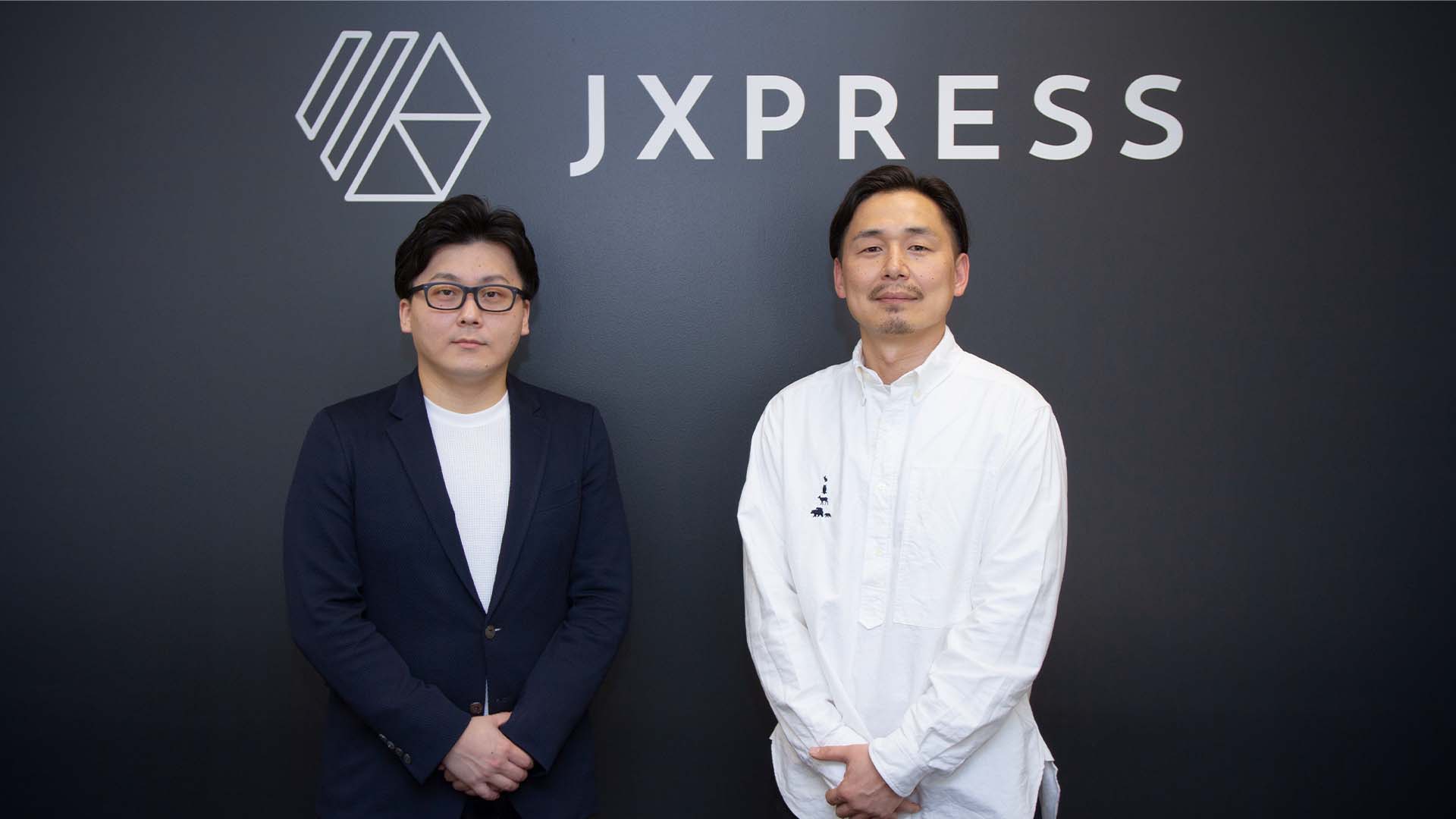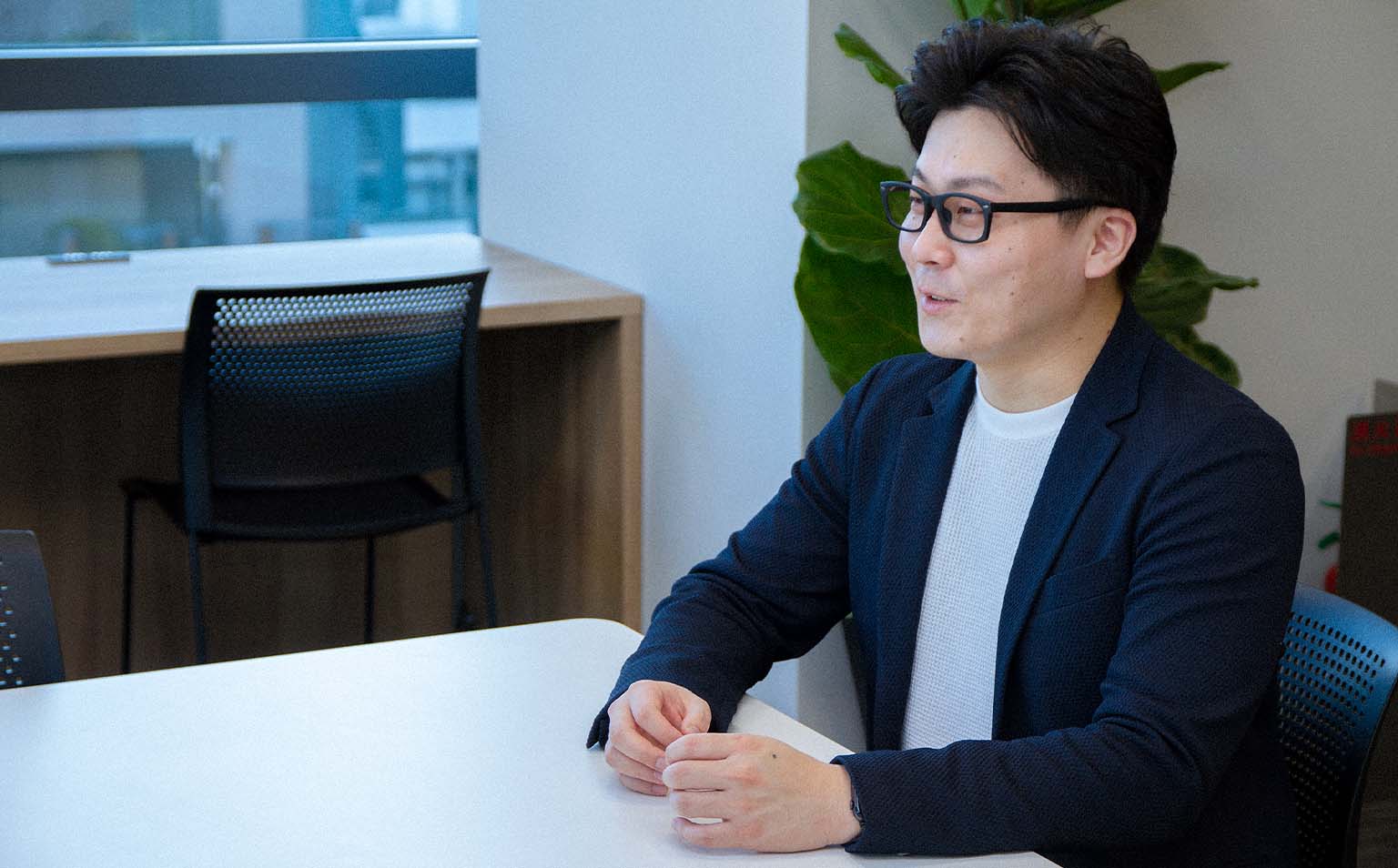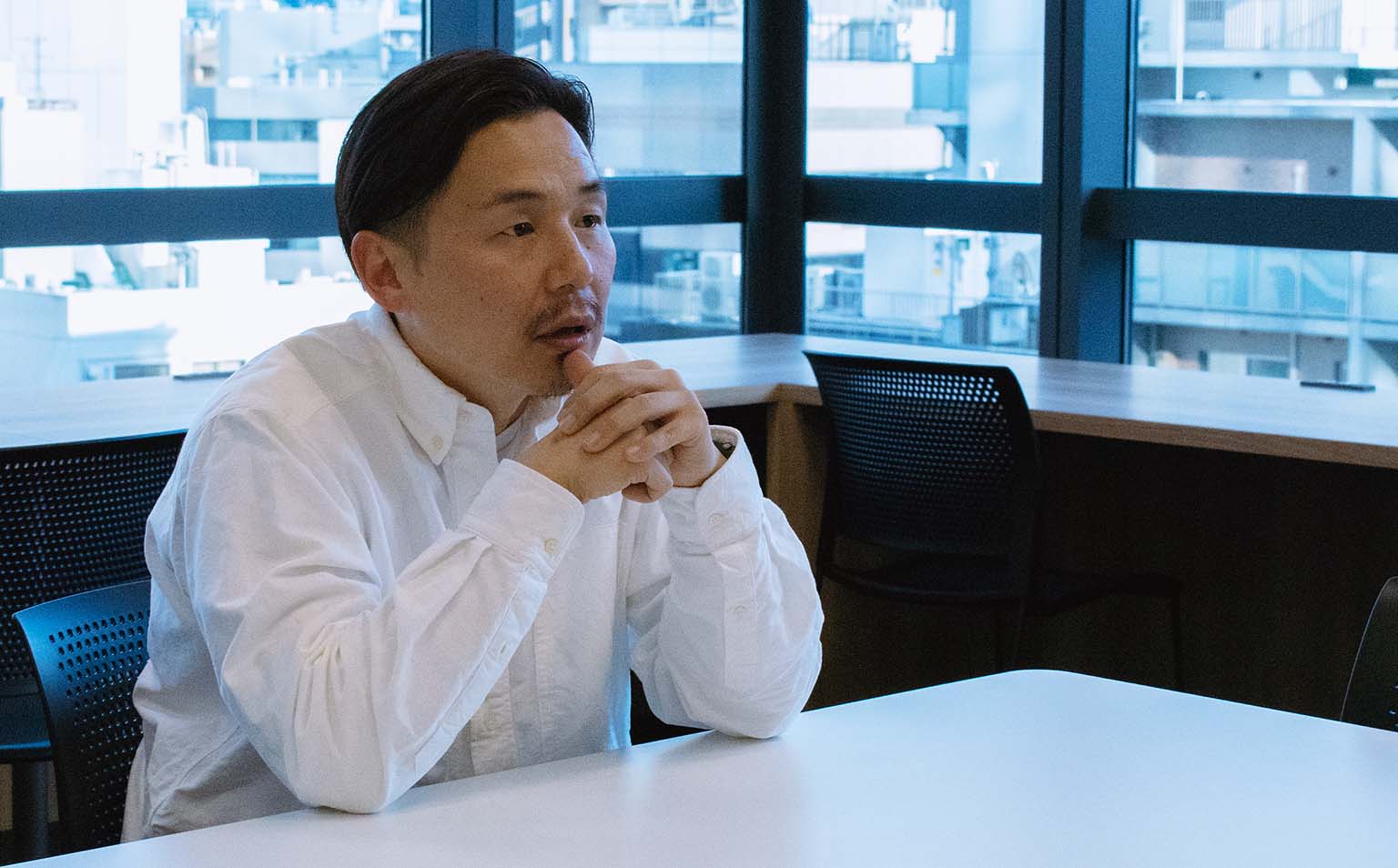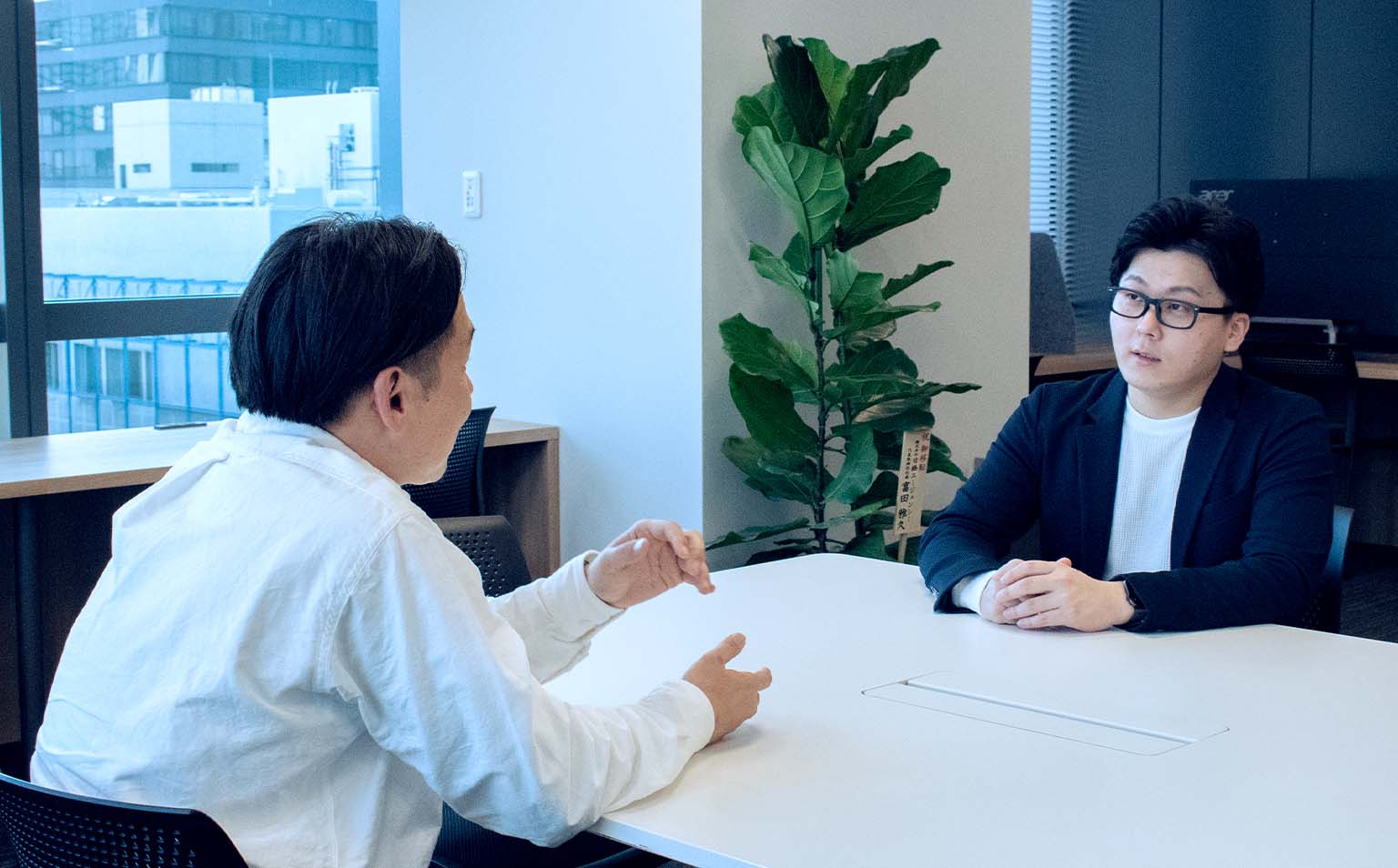“Taking action instead of words”—Key to successful startup support (JX PRESS Corporation)
This case study takes a close look at the key to successful hands-on support by venture capitals.

Written by the Universe editorial team
How to help startups grow—one of the crucial topics for venture capitals and startup funds. Global Brain (GB) has been enhancing its corporate structure for the past few years to find the answer from various perspectives.
As the first case study, we feature JX PRESS Corporation (JX PRESS), a startup focusing on news reporting technology. Founded in 2008 when the CEO was a student, JX PRESS later succeeded in developing an AI engine to collect news sources real time. “FASTALERT” is a service to collect and distribute breaking news and emergency information. The service achieved a rapid user growth particularly in the news media industry. In 2016, the company concluded a capital and business alliance with Kyodo News, Japan’s leading news agency, and has further expanded its business.
The Universe editing team interviewed Katsuhiro Yoneshige, CEO of JX PRESS and Masamune Shin, GB Value Up Team leader supporting JX PRESS, about their efforts. (Questions by the Universe team are in bold letters.)
Katsuhiro Yoneshige: Born in Yamaguchi Prefecture, Japan in 1988. He founded JX PRESS in 2008, a news and research business providing big data risk information SaaS “FASTALERT,” a breaking news app “NewsDigest” achieving over 5 million downloads, an opinion poll solution, etc.
Masamune Shin: Joined GB after working at Sanyo Shokai, Boston Consulting Group, Kurt Salmon, etc. As the leader of the Value Up Team, he supports portfolio startups in growing their business.
You founded JX PRESS in 2008. Could you tell us more about your business before GB started supporting your company?
Yoneshige: I was actually a news geek, and I have been in the news and press domain since I founded the company when I was 19. However, I pivoted the business two times.
It was around 2014 and 2015 when we were thinking about the second pivot. We were going through very challenging times, and when we thought about what we should do, we focused on the fundamental issues that the media/reporters face onsite. Instead of tackling the problem of the editing cost, we were starting to think that we could solve issues related to news coverage with our technology. That was when we began thinking of pivoting again.

In 2015, Kyodo News invested in your company.
Yoneshige:Kyodo News invested in our company exactly when we were in the midst of our second pivot. At that time, we were starting to develop “NewsDigest,” a breaking news app for general consumers.
While we were mulling over future services that would attract the mass audience instead of information geeks who actively search for information, we noticed that the existing online news apps weren’t fast enough to collect news. With our technology, we assumed that we could bring breaking news as fast as or even faster than the TV. So, to verify our assumptions, we started developing a prototype around that time.
One day, we had a chance to demonstrate our technology to Kyodo News, which turned out to be successful as they highly recognized our ability to cover overseas incidents much faster than the reports by the Japanese media. They advised us, and we were convinced too, that the core competency of media outlets was the speed of reporting. That’s when “NewsDigest” was released, followed by “FASTALERT” based on the voice of Kyodo News crew members. Around that timing, they took a stake in our company.
GB took a stake in JX PRESS in 2019 and 2021. Shin-san, what was your first impression of the growing company?
Shin:When we started working together, JX PRESS ran 3 businesses with about 40 members. Each business had room for growth, so they had to find out how to run and develop their businesses at the same time. I thought they were facing a huge challenge.
How do you structure startup support?
Shin:There are a number of ways of doing it, but we start by researching the competitors’ products. We discuss targets, propose interviews to the targets, discuss pricing in view of competitors’ pricing plans and major features, etc., giving our suggestions.

After a thorough study of the industry’s rates and option details, we then seek points for differentiation. We examine our target customers by looking into competitors’ customer base and target customers.
Once the target is set, we make a list and approach each of them through GB’s network of limited partners and shareholders. Together with JX PRESS, we learned customer needs through interviews to develop products.
Yoneshige-san, what kind of support was most helpful?
Yoneshige:In fact, we used to listen to our customers to seek our direction, including new possibilities that may emerge by improving existing services. However, our team didn’t fully leverage the user feedback to improve the product, nor use it to verify hypotheses and clarify the fundamental issues.
GB has helped us a lot, particularly we learned how to build a structure, clarify things, and verify hypotheses.
How did your team react? Were they reluctant to accept shareholders’ opinions?
Yoneshige:From my experience, things don’t go well if you don’t listen to other people. So, from the beginning, I used to say to our employees that we, particularly startups, need to be honest to achieve growth and should share every information with shareholders and discuss with them instead of shutting them out. Everyone accepted that stance.
**Shin-san, what would it take for a team to function smoothly when support is provided from outside the company? **
Shin:It is essential to understand the right issues. Those issues cannot be easily identified from outside. So, to take action instead of words, our team goes to see the customers.
We try to listen to users’ needs and issues because startups tend to focus too much on their products. It is also important for us to broaden the startup members’ views so that they can think beyond understanding their internal tasks through comparison with others.
It definitely takes time. Our four team members have been working with JX PRESS for a considerable amount of time, participating in board of directors meetings, management committees, and weekly staff meetings to understand what is going on, where the potential risks are, etc. As we are always following the company’s situation, I think it is also easy for them to listen to the advice we give.

Yoneshige-san, what kind of issues did the organization face, in your opinion?
Yoneshige:The most significant change as the number of employees increased was that I needed an enormous amount of energy to spread management messages and concepts to the entire company. Doing things in conventional ways did not work at all. This was the toughest challenge.
There are various management messages, including direction/strategy of the business, company vision, strategy to take, communication to foster a better corporate culture, etc.
In fact, things that worked with 30 to 40 employees did not work with 70 employees. I believe that the “50-employee barrier” is somewhat true. I realized the importance of middle management through this experience and have been working since the second half of last year to organize such a structure. There are still issues to tackle, so we are currently building the “operating system of the organization” for further growth.
Shin-san, what did you think of JX PRESS’s organizational and team issues from outside?
Shin:There were not enough middle management members who could independently lead the business and team under the management members. JX PRESS needed managers who can share the management’s decisions and lead the members to implement them, so we also focused on recruitment activities.
The structure is finally taking shape this year. However, as I mentioned, the issue at the beginning was the lack of middle management members.
As both of you have mentioned the same kind of issue, where should we start from to tackle this problem? Could you explain it more in detail?
Shin:When a new manager joined the company, we implemented OKR (Objective and Key Result) into the team and helped them define the team’s objective and key results. We checked what needs to be done and what does not during the term, setting a pretty high goal.
As a result, the manager was able to commit to allocate his resources on the critical matters which tended to consume time and brain power. With this commitment between the management team and the manager and weekly progress check, rules were established for “management and middle management” and “middle management and staff members,” which led to building trust.
It is vital to narrow down the roles and responsibilities of middle management members when they join the company so that we can provide sufficient support.
What often happens is that a new member is asked to do everything because other employees’ expectations are so high. But of course, no one can do that. As a result, other members’ disappointment may suddenly lead to demotion or concerns over hiring criteria. At first, management and middle management members need to be on the same page regarding the new joiner’s experience and capabilities and set a 3-month or 6-month goal.
Middle management recruitment and onboarding would be successful if the executive management follows up on them. We have successfully hired talented members for each business of JX PRESS, meaning that the management team’s support is highly effective.

Yoneshige-san, would you mind telling us the challenge you faced when hiring new managers at your organization, and how you dealt with it?
Yoneshige:The first point is the organization’s culture. It has good aspects and also areas to be improved. I always find it quite difficult to assess whether a person can fit into the ideal culture. Although most of the hirings have been successful, I feel that it is essential to carefully assess the culture fit.
Moreover, growth-stage startups tend to experience a significant change in the company’s atmosphere due to the increase in the number of team members in a short period of time. It could turn out to be a good change or a bad change, and a bad turn could cause trouble. To avoid that from happening, it is vital to make sure that everyone understands the company values, code of conduct, culture, etc.